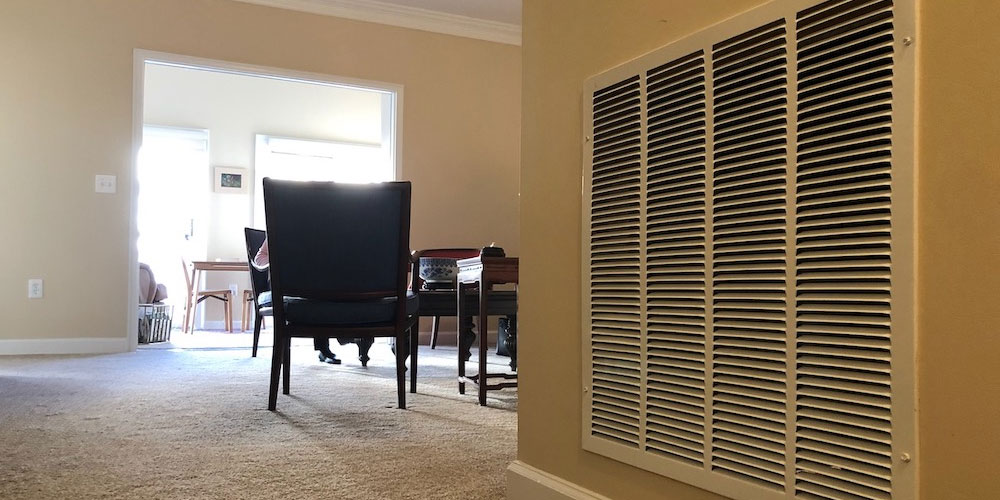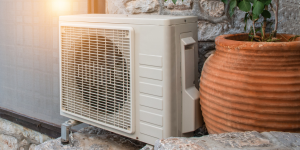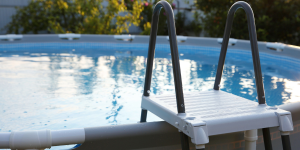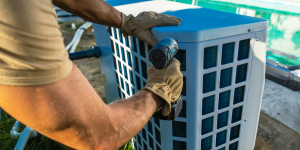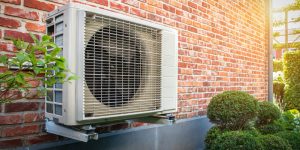When it comes to residential heating, ventilation, and air conditioning (HVAC) systems, one of the key components that often goes unnoticed is the return air ducts. Return air plays a crucial role in maintaining the efficiency, comfort, and proper functioning of a forced air system in a residential house. In this blog post, I will delve into the importance of return air and why homeowners should pay attention to this essential aspect of their HVAC system.
Understanding Return Air
In a forced air HVAC system, both supply and return air ducts work together to ensure proper air circulation throughout the house. While supply air ducts deliver conditioned air (warm or cool) into the living spaces, return air ducts are responsible for recirculating air back to the heating or cooling unit to be either reheated or re-cooled. This process creates a continuous cycle of air movement that helps maintain consistent temperatures and optimal indoor air quality.
The Two Types of Return Air Systems
Residential HVAC systems typically use one of two types of return air systems: centralized and distributed.
A centralized return air system relies on one or a few large return air grilles located in central areas of the home, such as a hallway or living room, pulling air back to the HVAC system. While simpler and less expensive to install, this system may lead to uneven airflow if interior doors are closed.
In contrast, a distributed return air system features multiple return air grilles, usually one in each room, allowing air to flow back to the system more efficiently. This design ensures consistent temperatures throughout the home and eliminates pressure imbalances caused by closed doors, but it typically comes with higher installation costs due to additional ductwork.
Choosing the right system depends on factors like home layout, budget, and airflow needs.
Importance of Return Air in Residential Homes
When it comes to creating a comfortable and efficient living environment, the role of return air in your home’s HVAC system cannot be overstated. Proper return air ensures balanced air pressure, promotes energy efficiency, enhances indoor air quality, and protects your HVAC system from unnecessary strain. Without it, your system may struggle to maintain airflow, leading to uneven temperatures, higher energy bills, and potential wear and tear.
Here are four ways return air impacts the overall performance of your heating and cooling system.
- Balancing Air Pressure: Return air plays a critical role in balancing air pressure within a home. Without adequate return air, the HVAC system may struggle to maintain proper airflow, leading to issues such as hot or cold spots, reduced comfort, and inefficient heating or cooling.
- Enhanced Efficiency: Properly sized and strategically located return air ducts help improve the overall efficiency of the HVAC system. By allowing the system to recirculate air effectively, homeowners can achieve better energy savings and lower utility bills.
- Improved Air Quality: Return air ducts also contribute to indoor air quality by helping to remove pollutants, dust, and allergens from the living spaces. Efficient return air ensures that air is properly filtered and circulated through the HVAC system, resulting in cleaner and healthier indoor air.
- Preventing Strain on the System: Inadequate return air can cause the HVAC system to work harder than necessary, leading to increased wear and tear on components, higher maintenance costs, and potentially reducing the lifespan of the system. Proper return air ensures that the system operates smoothly and lasts longer.
Want to see how return air (or the lack of it) affects airflow and comfort in your home? In this video, I break down real-world ductwork examples, including how poor return air design leads to hot upstairs bedrooms and loud airflow.
3 Tips for Optimizing Return Air in Your Home
Optimizing your home’s return air system is key to ensuring your HVAC system runs efficiently, maintains comfortable temperatures, and provides cleaner indoor air. Small adjustments and regular maintenance can make a big difference in how effectively your system circulates air.
Here are three practical tips to enhance return air performance and keep your home comfortable year-round:
- Ensure Proper Sizing: Work with an HVAC professional to ensure that your return air ducts are correctly sized based on the size of your home and the capacity of your HVAC system.
- Maintain Clean Filters: Regularly changing or cleaning air filters is crucial for maintaining optimal airflow and preventing blockages that can hinder return air circulation.
- Consider Adding Return Air Vents: If certain rooms in your home consistently feel uncomfortable, adding additional return air vents in those areas can help improve air circulation and temperature control.
Conclusion
Return air is a crucial component of any forced-air HVAC system, directly impacting your home’s comfort, energy efficiency, and air quality. By understanding its role and implementing strategies to optimize return air circulation, you can create a more balanced and efficient living environment while extending the life of your HVAC system. Regular attention to your return air system ensures your heating and cooling performance remains effective and reliable for years to come.
If you’re ready to improve your HVAC system’s efficiency and comfort, contact Wamboldt HVAC today. Our experienced technicians operate throughout the Ottawa region and can help you evaluate, optimize, and maintain your return air system, ensuring your home stays comfortable and efficient year-round.
Schedule your consultation or service appointment now and experience the difference a well-functioning HVAC system can make!

